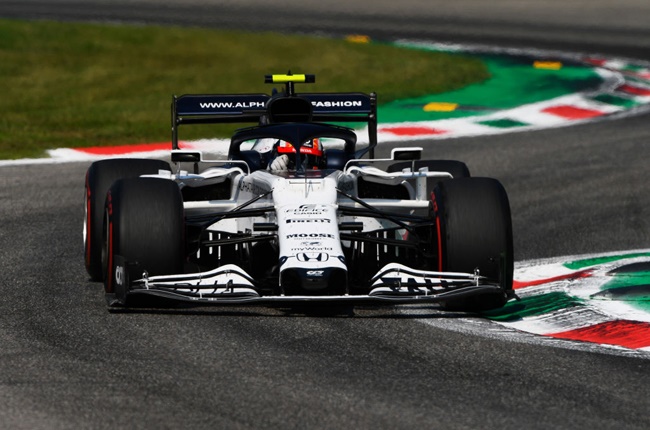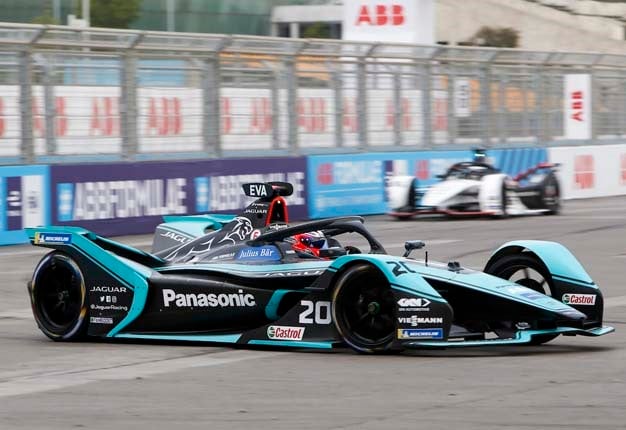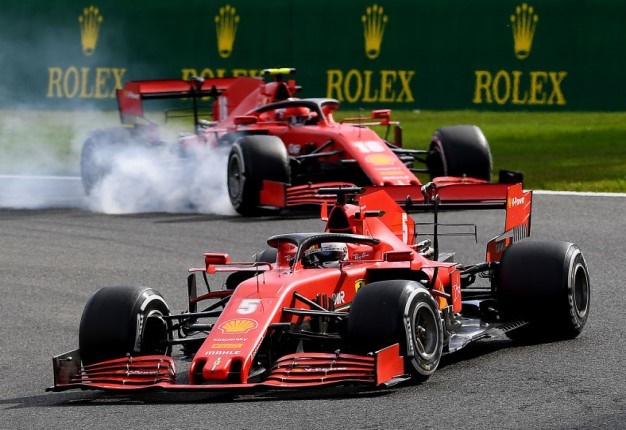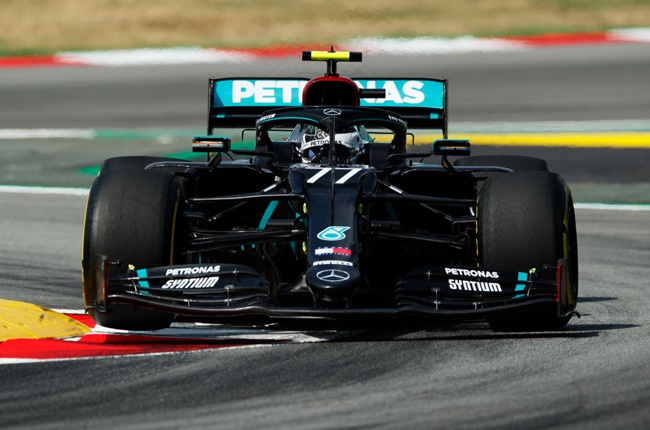
• Honda will be leaving F1 at the end of 2021.
• This means only three engine suppliers will be left to supply the entire grid in 2022.
• Formula E has lots to offer the road car industry, while F1 is stagnant.
• For more motoring stories, go to www.Wheels24.co.za
Whichever way one looks at it, Honda's recent announcement of their intention to withdraw from Formula 1 at the end of 2021 did not come as a complete surprise.
No company will openly cite costs as a reason for ditching their motorsport involvement, particularly when their targets have been left untouched. Another lesser emphasised reason for leaving revolves around the limited PR value that an engine manufacturer receives as a supplier, as opposed to being a full-blown chassis-and-engine works effort as a marketing activation mega machine.
WATCH: The future is electric and Formula 1 may be in for the shock of its life
However much unsaid, in Honda's case, all of the above could pass as credible lightning conductors to the ensuing storm following its exit, and it stuck to the official line of the need to reallocate all of the company's resources to achieving carbon neutral status by 2050.
This leaves F1 with just three engine suppliers - Mercedes, Ferrari and Renault - to supply the entire grid as of 2022, with zero prospect of any new car company joining the sport before the current turbo hybrid regulations expire in 2025. Which, if Honda is right, is already seen as an irrelevant avenue towards the goal of sustainability after their declaration that the future of road car propulsion is either electric or hydrogen powered.
AlphaTauri F1 team (Rudy Carezzevoli / Getty Images)
For all its weirdness, Formula E is doing something right
The FIA's solely accredited all-electric Formula E championship has been quietly running in the background from 2014 onwards, over time becoming a magnet for premium manufacturers, such as Mercedes, BMW, Audi, Porsche and Jaguar (while in the same period F1 could only attract Honda) as each targets the series as a laboratory for electric motor and battery development for future road car application.
While Formula E is philosophically wholly different to and incomparable to F1, it nonetheless remains characterised by several questionable traits. Unlike F1, it has no heritage, which makes it difficult to hook traditional fans. The cars are quiet, slow, share identical silhouettes and the street circuits are uninspiring. Formula E's been touted as appealing to people with zero frames of motorsport reference - young, urban eco-warriors with a penchant for social media.
READ: How Honda's departure is leaving F1 with difficult decisions
The last bit's important because the driver voted most popular before each race gets a short burst of extra power in the second half the race by way of something called Fanboost. There's also a Super Mario-style power-up called Attack Mode, which, similar to Fanboost, briefly provides extra power if a driver runs across a special activation zone.
Performance? The current Gen2 car produces 250kW, allowing a 0-100 km/h sprint time of 2.8 seconds and a top speed of 280km/h. Its predecessor that ran between 2014 and 2017 had 190kW of power and had to be swopped mid-race with a substitute car because it ran out of battery power. The 2022 Gen 3 car will have 350kW and allow 30-second pitstop flash charging at up to 800kW, which opens up F1-style strategic recharging options.
Whatever one's thoughts on Formula E, its positioning and audience psychographics, the point is that it promises two things that F1 has been failing at: showcasing tangible progress through the continued advancement of technology and positive PR: the allure of performance is on a downward trajectory towards ultra-nicheness, but sustainability is global - and forever on the up.
Jaguar's Formula E racecar (Panasonic Jaguar Racing)
… and F1 a lot wrong
By contrast, F1 has shown not how to do hybrids, but rather how not to do them. Boosting thermal efficiency over 50%, the current 1.6-litre turbo V6's are mind-blowing from the expense and complication to fuel consumption and power delivery - without mentioning how insignificant their green credentials are: an F1 car's electric boost is limited to 120kW deliverable over 30 seconds.
If 70% of a 90-second lap spent at full throttle amounts to about 63 seconds, only 30 of those 63 seconds (roughly half) are available with the additional boost from the battery. Which means the internal combustion engine (ICE) alone is delivering its power for twice as long as the electric boost is available for.
Halve 120kW of that battery power, and the result - 60kW - equates to a mere 10% of the give-or-take 600kW developed by the ICE.
Ferrari at the 2020 Belgain Grand Prix (Clive Mason / Getty Images)
So can a Formula 1/Formula E merger happen?
Given the maturity of the life stage of the ICE, commercial automotive technology has limited application in future motorsport - assuming a genuine need for a mutually beneficial relationship exists between the two in the first place. From that point of view, Formula E has lots to offer the road car industry, while F1 is stagnant. Little wonder that in the wake of Honda's departure announcement, the Renault F1 team has asked for the next-gen engines rules to be brought forward.
A manufacturer-supported motorsport formula needs to be sustainable, forward-looking and affordable - three boxes that F1 doesn't tick and explains the absence of interest from the other road car companies. On the other hand, Formula E is limited by charging time, battery range and performance issues, as well as lacking a compelling narrative or the rich history that F1 basks in.
READ: Is Daimler set to slash Mercedes' F1 budget?
Clearly, neither is free of vices - and could do with the other's virtues. Yet for all the talk of a convergence between F1 and Formula E, only two scenarios - obsolescence and a lack of relevance - are ultimately likely to force a union. Which means to say a takeover could happen only once electric single-seaters develop the point of outperforming an F1 car; and the entire world population starts driving EVs, making manufacturer investment into ICE-powered motorsport even more pointless than it already is.
If all of this talk of saving trees, volts superseding octane and F1 turning into an Eskom showcase is overwhelming or overwhelmingly offensive, there's hope. Just keep driving your petrol car. One day your children will thank you.




 Publications
Publications
 Partners
Partners


















